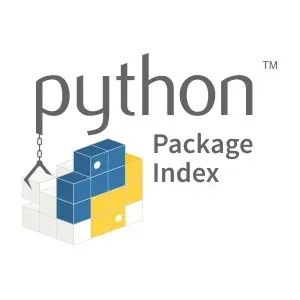


We'll start with this piece on the Google Books project: the hopes, dreams, disasters, and aftermath of building a public library on the internet.
1/n

We'll start with this piece on the Google Books project: the hopes, dreams, disasters, and aftermath of building a public library on the internet.
1/n















db.cs.cmu.edu/papers/2025/...
db.cs.cmu.edu/papers/2025/...

Project summary template: osf.io/q6g8d
Dataset level README template: osf.io/tk4cb
Project summary template: osf.io/q6g8d
Dataset level README template: osf.io/tk4cb


